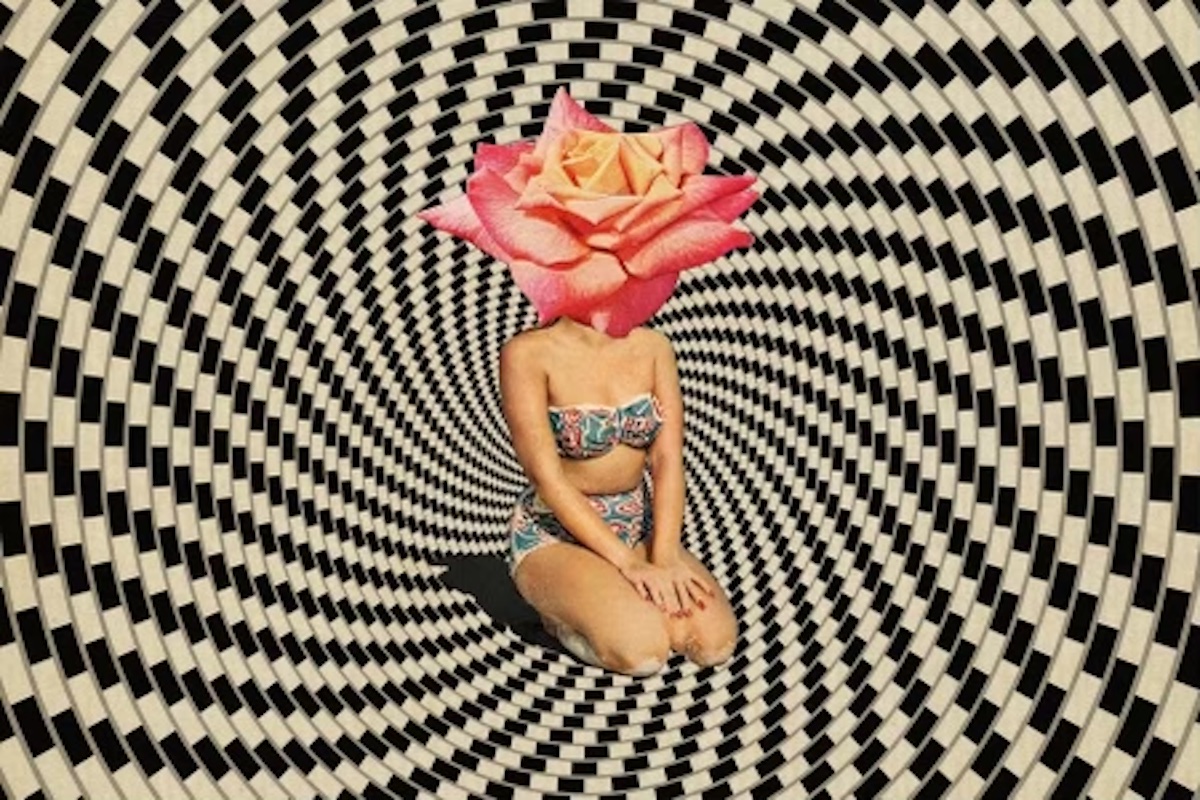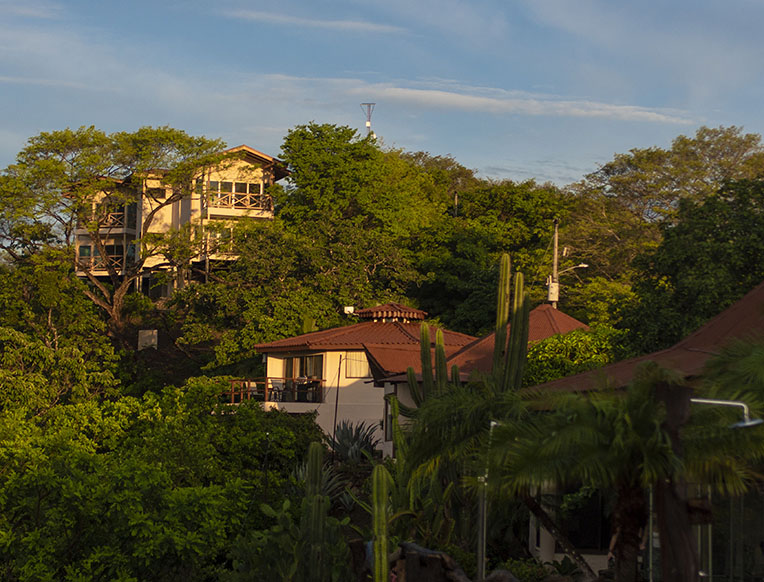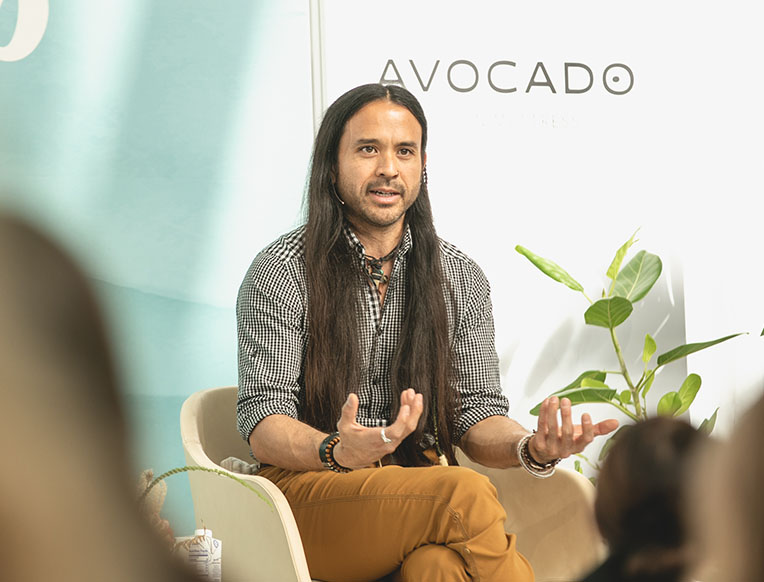
27 May Psychedelic Therapy For Healing trauma!
Psychedelic therapy helped me heal from my past trauma, if you’re interested in psychedelic therapy this article is for you!
This therapy uses psychedelic plant compounds that can induce hallucinations, such as LSD and psilocybin from “magic” mushrooms, to treat mental health issues.
Sometimes doctors prescribe this treatment on its own. Often, though, they combine it with other treatments, such as therapy or other forms of support. The goal of psychedelic therapy is to increase the success of traditional treatments.
In many cases, doctors try this form of therapy on people whose symptoms have not responded well to standard medications or therapies.
History
Psychedelics have been used by humans for millennia, with evidence of their use dating back to ancient times. Shamans and medicine men have long used these substances as a way to gain access to the spirit world, and elements of psychotherapeutic practice can be seen in the entheogenic or shamanic rituals of many cultures.
While western culture often views the use of psychedelics as primarily spiritual, there is a growing body of evidence that suggests that these substances can also have therapeutic benefits.
In recent years, psychedelics have been the subject of renewed interest from the scientific community, and a growing body of research is beginning to explore their potential therapeutic applications.
Although much more research is needed, preliminary evidence suggests that psychedelics may hold promise as a treatment for a variety of mental health conditions.
Scientific Research
Many of the issues we carry with us into adulthood are based on experiences from our childhood. A recent study found that those who had used psychedelics therapeutically reported significantly lower levels of complex trauma symptoms and internalised shame.
This is significant because childhood abuse and neglect are extremely common worldwide, and often lead to a host of psychological issues later in life. Common treatments for the consequences of childhood abuse, such as antidepressants, often fall short.
This offers a potential new treatment option for those suffering from the effects of childhood trauma. Further research is needed to explore the full potential of psychedelics in this area, but the existing evidence is promising.
5 Types Of Psychedelics:
LSD
LSD (lysergic acid diethylamide) is a powerful psychedelic drug that has been used for centuries in religious and spiritual ceremonies. It’s typically consumed by mouth, and the effects can last for up to 12 hours.
The primary effect of LSD is hallucinations, which can be both visual and auditory. Other effects include altered perception of time, changes in mood, and increased feelings of connectivity with others.
LSD is considered to be one of the most potent psychedelic drugs, and it is effective in treating a variety of mental health conditions, including depression, anxiety, and PTSD.
Ketamine
Ketamine is a drug that has been used for a variety of medical purposes since the 1960s. It is classified as an anaesthetic, and it is often used in surgery and emergency medicine.
It’s a medication most commonly used as an anaesthetic for animals. However, it has also been found to be effective in treating humans for a variety of conditions, including pain, depression, and anxiety.
Ketamine works by binding to the same receptors in the brain as opioids but without the same risk of addiction and other side effects. In addition, it has been shown to stimulate nerve growth and improve cognitive function.
As a result, this medication holds great promise for those suffering from chronic pain or mental health conditions. However, more research is needed to determine the long-term effects of ketamine use.
MDMA
MDMA is a synthetic substance that has both stimulant and hallucinogenic effects. It is usually found in pill or powder form and is often taken by mouth. It produces feelings of euphoria, increases feelings of closeness and intimacy, and reduces anxiety and fear.
It can also cause temporary changes in perception, such as increased awareness of colour and sound. MDMA is sometimes called “ecstasy” or “molly.”
While it is sometimes used recreationally, it also has potential therapeutic benefits, such as helping people who suffer from post-traumatic stress disorder (PTSD) or social anxiety disorders.
A new study has found that the use of MDMA, also known as Ecstasy, in combination with talk therapy may be an effective treatment for post-traumatic stress disorder (PTSD).
In the study, which was published in the journal of Nature Medicine, 90 patients who received three therapy sessions while under the influence of MDMA over 18 weeks reported significantly reduced symptoms of PTSD.
Compared to the same number of patients who received therapy with a placebo, 67% of the participants who received MDMA along with therapy no longer met the criteria for PTSD. These results suggest that MDMA may be a promising new treatment for PTSD.
Ayahuasca
Ayahuasca is a psychoactive brew traditionally used for shamanic healing and spiritual exploration in the Amazon basin. The brew is made from the ayahuasca vine (Banisteriopsis caapi) and the leaves of the Chacaruna plant (Psychotria viridis), which contain the potent hallucinogen DMT.
When combined, these plants create a powerful medicine that has been used for centuries by indigenous people for ritual and medicinal purposes.
In recent years, ayahuasca has gained popularity as a tool for personal growth and transformation, with people traveling from all over the world to participate in ayahuasca ceremonies.
While there is still much we don’t know about this enigmatic plant medicine, preliminary research suggests that ayahuasca may have powerful anti-depressant and anti-addictive properties, as well as the ability to promote spiritual insights and personal growth.
Magic Mushrooms
The magic mushroom is a type of fungus that contains the psychoactive compound psilocybin. Psilocybin is a naturally occurring compound that is found in more than 200 species of fungi, including the magic mushroom.
When ingested, psilocybin is converted into psilocin, which is responsible for the psychedelic effects of the drug. Magic mushrooms are typically consumed dried or cooked, and they can be found fresh or canned in some areas.
The effects of magic mushrooms vary depending on the dose, and they can last anywhere from a few hours to several days. Common effects include visual and auditory hallucinations, altered perceptions of time and space, and increased feelings of pleasure and spiritual well-being.
Where To Take It
What’s important about trying psychedelics is that it’s as part of a retreat structure (or a specialist for psychedelic-assisted therapy) so you’re under controlled conditions. This means someone has taken the time to arrange a peaceful and safe setting, put together a plan to get you in the right mind-set for a positive psychedelic experience, and made sure that whatever you’ll be taking is exactly what you think it is.
A good program involves a medical screening and an application process to check you out for contraindications—meaning they make sure it’s medically safe for you to take the medicine. That said, it’s also important to understand that even in controlled settings, there are risks associated with psychedelics.
Because of this, it’s important to do your research and make sure you’re comfortable with the risks before deciding to participate in a program. But if you do decide to go ahead, know that you’ll be in good hands. psychedelic substances can offer profound benefits when used correctly!
Psychedelic Ceremonies Around The World:
Synthesis Amsterdam, Netherlands
Thirty minutes outside of Amsterdam in the coastal community of Zandvoort, there’s a private magic truffles ceremony going down in a hundred-year-old renovated church called the Lighthouse. It’s guided by a team of facilitators and therapists. The participant reclines in a plushy seat and lets the active component of the truffles, psilocybin, do most of the work.
Wil Siu Los Angeles, California
Psychiatrist Will Siu, MD, approaches his work with the goal of lasting, patient-centered healing—using his skills and experience to help his clients find healing within themselves. As part of that process, Siu manages psychiatric medication—including medication discontinuation for those who are ready—and provides integrative psychotherapy.

Soltara Healing Centre Gulf of Nicoya, Costa Rica
Rooted in emotional, energetic, and spiritual healing, Soltara’s retreats offer ceremonies with the sacred plant medicine ayahuasca. Over the course of a session—which lasts between five days and three weeks—guests prepare for medicine work with one-on-one consultations with Shipibo master healers.
Conclusion
If you have experienced trauma, you should consider psychedelic therapy. Psychedelic therapy can provide significant relief from the symptoms of trauma, and it is a safe and effective treatment option.
If you are considering psychedelic therapy, make sure to consult with a medical professional. With their help, you can determine whether this type of therapy is right for you.
Thanks for reading!
Alistair Rhind 🙂



